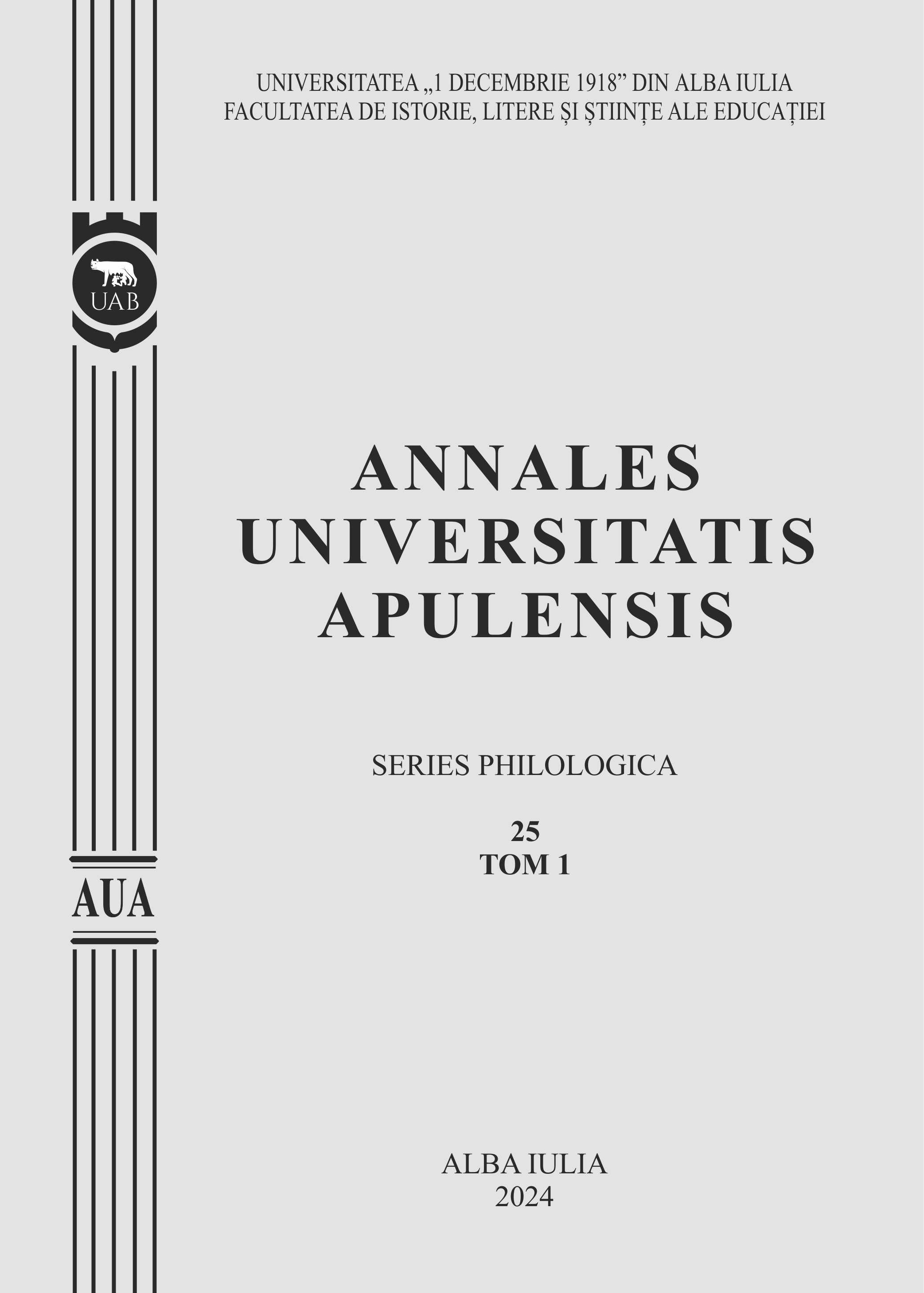O LECTURĂ A ICONOTEXTULUI ÎN DESPRE OAMENI ȘI COLIVII/ DES HOMMES ET DES CAGES
A READING OF THE ICONOTEXT IN DESPRE OAMENI ȘI COLIVII/ DES HOMMES ET DES CAGES
Author(s): Oana Benedicta FeherSubject(s): Language and Literature Studies, Philology, Stylistics
Published by: Universitatea »1 Decembrie 1918« Alba Iulia
Keywords: iconotext; iconoverbal; the Covid-19 pandemic; Despreoamenișicolivii/ Des hommeset des cages; connecting bridge; analogy report
Summary/Abstract: Theorized by Michael Nerlich in the late 1980s, the concept of iconotext emphasizes the indissoluble unity between text and image that usually appear in a book (Nerlich 1990: 268). Alain Montandon broadens the definition: “The specificity of the iconotext as such is to keep the distance between plastic and verbal so that, in a brilliant confrontation it causes tensions, a dynamic that opposes and juxtaposes two sign systems without confusing them.” (Montandon 1990: 6). In the bilingual, Romanian-French volume, Despreoamenișicolivii/ Des hommes et des cages (2020) – About people and cages, which brings together literary texts related to the beginning of the Covid-19 pandemic and represents the object of our analysis, the place occupied by the image is over 15,38%, with two types of integration: either the author himself attaches illustrative photos to his text, or the editors name images interspersing them in the volume in accordancewith the degree of proximity between the message and the texts in the immediate vicinity. Further on, following the denominations of Marion Colas-Blaise (2014:1), we can state that 1) the material support or the object is represented by the book, the text-enunciation is the verbal or non-verbal one, while the formal text intertwines the verbal with the visual creating a “scene-situation”, a “life form”. The interweaving of text and image in the analysed volume creates an iconoverbal “significant ensemble” that folds on the distinction between the functions of connecting bridge and anchoring (of the image) taken over by Alain-Marie Bassy (1974: 301-302) from Roland Barthes (1964: 44).
Journal: Annales Universitatis Apulensis. Series Philologica
- Issue Year: 25/2024
- Issue No: 1
- Page Range: 259-274
- Page Count: 18
- Language: Romanian

